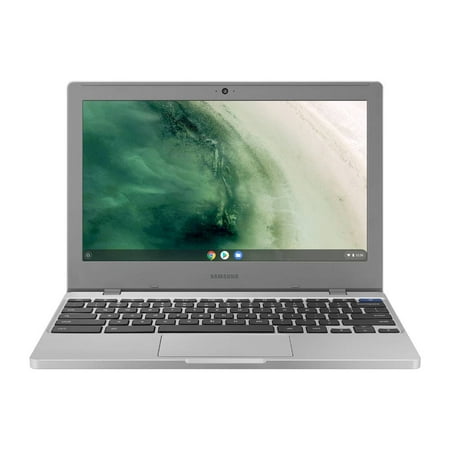MSI Katana GF76 11UD-001 17.3″ Gaming Laptop, Intel Core i7-11800H, NVIDIA GeForce RTX 3050 Ti, 16GB Memory, 512GB NVMe SSD, Windows 10
Intel Core i7-11800H. NVIDIA GeForce RTX 3050 Ti Laptop GPU. 17.3″ 144Hz FHD Thin Bezel IPS-Level. 16GB DDR4. 512GB NVMe SSD. Lithium-Polymer.
MSI Katana GF76 11UD-001 17.3″ Gaming Laptop, Intel Core i7-11800H, NVIDIA GeForce RTX 3050 Ti, 16GB Memory, 512GB NVMe SSD, Windows 10
- Model #: Katana GF76 11UD-001
- Battery Type: Lithium-Polymer
- Graphic Card: NVIDIA GeForce RTX 3050 Ti Laptop GPU
- Processor: Intel Core i7-11800H
- Screen: 17.3″ 144Hz FHD Thin Bezel IPS-Level
- Color: Black
- Memory: 16GB DDR4
- Storage: 512GB NVMe SSD
- Battery Life: 53Wh
- Weight: 5.1 lbs
Additional information
| Manufacturer Part Number | GF76001 |
|---|---|
| Model | Katana GF76 11UD-001 |
| Screen Size | 17.3 in |






by Sparky
Great Laptop.. plays every game that i couldn’t play on my old acer laptop i can on here.. the fan is not loud and the keyboard back lights is very clear and colorful!!
by Kevin
runs great! perfect for gaming or work!
by Ashley
Great computer. There is no lagging in video calls. It can load browse pages almost instantly.
by Venture
2 week review. Running flawlessly, amazing temps and performance with cooler boost on or off. Lightweight, sleek, good-sized keyboard and screen, powerful, customizable and easy to hear with awesome volume capability. I have no issues other than needing RGB. Will update in 5 months 2 weeks.
by Logan
Amazing laptop at a reasonable price! It runs my games really smooth and fast and it doesn’t overheat!
by Stephen
Great quality laptop, can run my games really smooth, and doesn’t over heat.
by Marissa
I am 16 and have been gaming for at least 10 years. I have Nintendo 3DS, Nintendo 3DS XL, and a Nintendo Switch. This is my first gaming laptop, and it is amazing. I had done research on which laptop would be best, and it always came back to MSI. The screen is so clear and vivid. Colors are true to life. The performance is very quick and responsive. The laptop runs smoothly, without any glitching or lagging. I highly recommend the MSI Katana laptop. If you are an avid gamer, you won’t be disappointed.